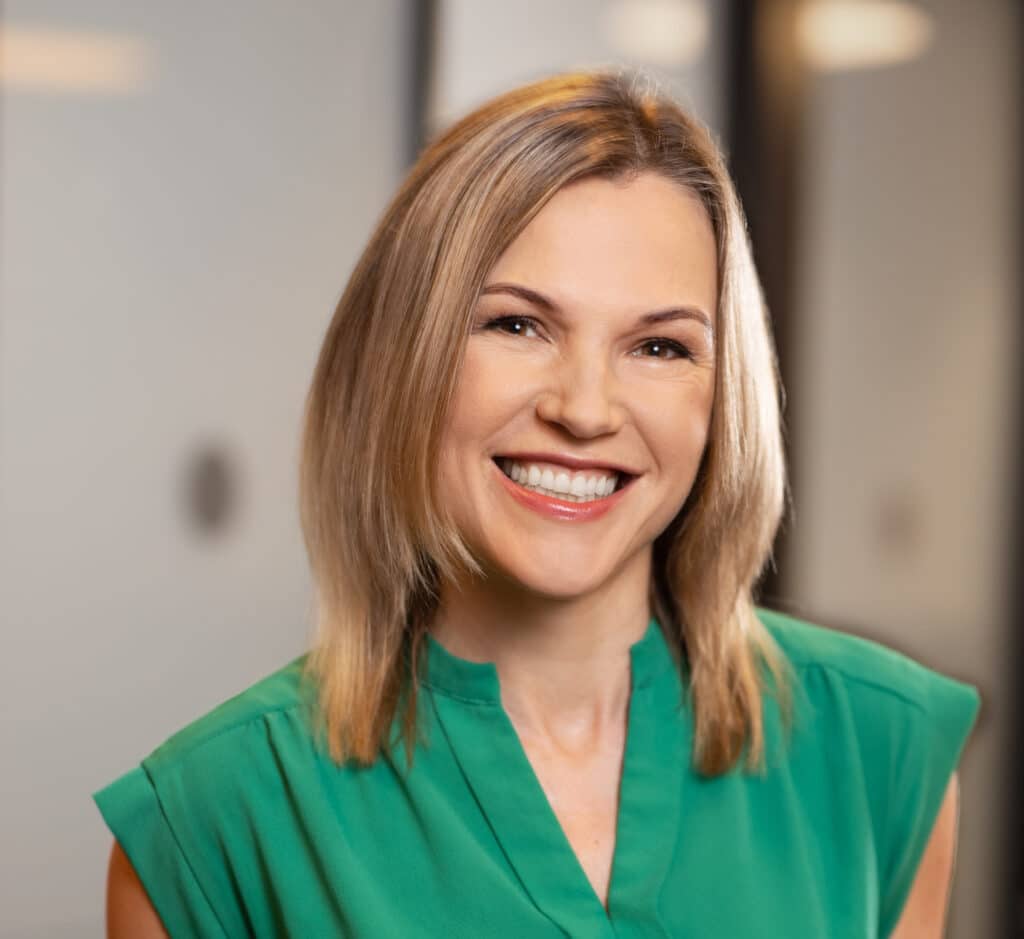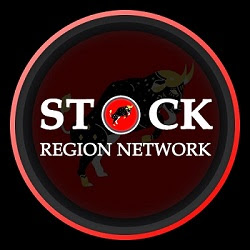By Kirsten Wegner, CEO of the Modern Markets Initiative, an education and advocacy organization for innovation in today’s financial markets

Look at your next restaurant, phone or credit card bill– and you would be incensed if there were hidden fees. Yet, they exist, quietly draining the wallets of Americans and prompting President Biden to propose action that would eliminate hidden fees by banks, hotels, and utility service providers. It is no different with trading stocks, except the hidden fees, meaning lost savings, often aren’t immediately obvious – nor often are the reduced costs of trading that come with today’s modern markets.
With more than half of Americans invested in the US equities markets, fees, implicit or explicit, affect how fast retail investors can meet goals, whether it is saving for college, retirement, or simply starting a 401(k) plan. As important are the hidden savings now inherent in today’s all-electronic automated trading platforms.
As Securities and Exchange Commission Chair Gary Gensler formulates market structure proposals for roll-out later this year, near the top of the list should be full transparency in the equity markets on what is the true cost of trading in order to ensure that investors have the best markets ever as far as low cost trading and can make informed decisions of how to route their orders. Even seemingly small savings on fees can add up to significant lifetime savings for retail investors.
Here’s a four-step plan for investors and policymakers to look under the hood on the costs and cost-savings that go into providing liquidity and making a trade:
1. Bid-Ask Spread: Currently the Narrowest in History, Maximizing Savings for Retail Investors – The bid-ask spread is an implicit cost of trading, representing the difference between the price buyers vs. sellers want to pay. The wider the bid-ask spread, the higher the cost for a retail investor; the narrower the spread, the more savings. A study released by the Modern Markets Initiative earlier this year found that bid-ask spreads were at historic lows compared to the pre-electronic trading era. These are real-world savings, resulting in an average investor being able to retire two years earlier and have 30% more lifetime savings because of automated trading technology that has reduced the cost of trading by narrowing bid-ask spreads. Investors, regulators, and lawmakers can and should have a full understanding of these cost savings and take advantage of the transparency on the overlooked success story of market automation.
2. Best Execution Metrics; PFOF, rebates, and access fees – Investors should have transparency on how retail brokers make their routing decisions, and what “Best Execution” metrics they achieve via their routing and execution decisions. Other implicit costs of a trade include PFOF, rebates, and access fees. PFOF is compensation to incentivize brokers to route retail investors’ orders to a particular wholesale market maker, exchange, or other venue. Rebates are offered by many exchanges to market participants providing liquidity on-exchange (makers), while participants obtaining access to that liquidity (takers) are charged access fees. In particular, Chairman Gensler has shone a light on PFOF in his public statements, claiming that although zero-commission trading exists, PFOF is still a hidden cost. It is important that market participants open the kimono, so to speak, so that all such costs are fully transparent. We should continue to have healthy discussions about whether inherent fee structures promote tighter spreads or distort order routing decisions, but most importantly, we should empower investors to make informed decisions.
3. Market data fees: Another hidden cost of trading is access to “market data” – the proprietary data feeds and other subscriptions involved in routing order flow – which are estimated to collectively bear a cost on industry participants, and ultimately retail investors. Exchanges are rapidly increasing the cost of their proprietary data feeds, by some estimates of over 1000% over a decade, that traders need to compete in the US market. Because high fees lead to less efficient markets, market data charges “trickle down” to the rest of the industry and add to the cost of trading.
4. Section 31 fees: When you buy an airline ticket, part of the fee may go to fund the FAA, or if you buy a phone carrier subscription, part of the bill may go to local telecom government charges. These are known as “user fees” to fund a particular regulator. When you buy a share of stock, it is no different: the SEC charges incremental Section 31 fees to fund its operations, and in the interest of retail investors having a well-funded cop on the beat for their securities transactions. However, although Section 31 fees are published to the public, what is not disclosed is how much of the SEC’s budget goes to non-equities endeavors like crypto, which is not subject to Section 31 fees. In essence, should pension funds, 529 plans, 401(k) plans, and individual investors be funding the SEC’s regulation of cryptocurrency through their equities trading fees?
Retail investors have the opportunity to demand transparency on the real costs of trading, and to demand that Congress and regulators require transparency on any hidden fees. They have the right to ensure that the equity markets function more cost-effectively and efficiently than ever, and continue to be healthy, modern, and transparent for the many Americans staking their retirement and college savings and financial futures in these markets.
Techyrack Website stock market day trading and youtube monetization and adsense Approval
Adsense Arbitrage website traffic Get Adsense Approval Google Adsense Earnings Traffic Arbitrage YouTube Monetization YouTube Monetization, Watchtime and Subscribers Ready Monetized Autoblog
from Stock Trading – My Blog https://ift.tt/x2qZPTu
via IFTTT



No comments:
Post a Comment